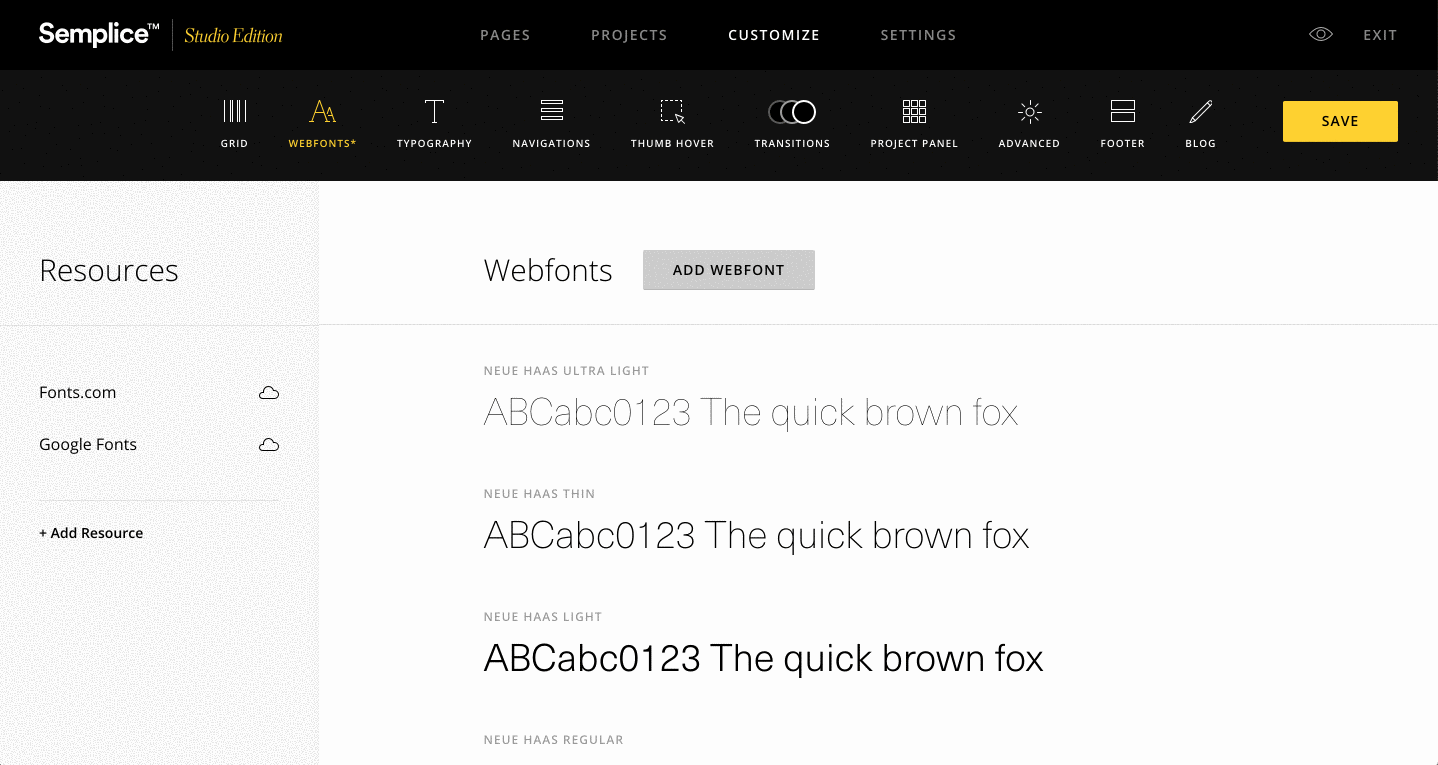

GOOGLE WEBFONT HOW TO
This article explains how to use the Fontsquirrel Webfont Generator to generate the required files.An overview of material icons-where to get them and how to integrate them with your projects. If you need to work with legacy browsers, you should provide EOT (Embedded Open Type), TTF (TrueType Font), and SVG web fonts for download.Browsers that don't understand one format will then fall back to the next format in the list. That's why the format you list first should be the preferred format - that is, WOFF2 - with the older formats listed after that. If you provide the browser with a list of multiple font files to download, the browser will choose the first font file it's able to use. The order in which you list font files is important.WOFF2 supports the entirety of the TrueType and OpenType specifications, including variable fonts, chromatic fonts, and font collections.Even older browsers such as IE9 (released in 2011) support the WOFF format. All major browsers support WOFF/WOFF2 (Web Open Font Format versions 1 and 2).You shouldn't steal fonts and use them without giving proper credit.
GOOGLE WEBFONT CODE
You have to pay for them and/or follow other license conditions, such as crediting the font creator in your code (or on your site). Here are some important things to bear in mind about web fonts: The syntax does get a bit more complex than this.

Express Tutorial Part 2: Creating a skeleton website.Express Tutorial: The Local Library website.Setting up a Node development environment.Express web framework (Node.js/JavaScript).Express Web Framework (node.js/JavaScript).Django Tutorial Part 11: Deploying Django to production.Django Tutorial Part 10: Testing a Django web application.Django Tutorial Part 9: Working with forms.Django Tutorial Part 8: User authentication and permissions.Django Tutorial Part 7: Sessions framework.Django Tutorial Part 6: Generic list and detail views.Django Tutorial Part 5: Creating our home page.Django Tutorial Part 4: Django admin site.Django Tutorial Part 2: Creating a skeleton website.Django Tutorial: The Local Library website.


Adding a new todo form: Vue events, methods, and models.Ember Interactivity: Footer functionality, conditional rendering.Ember interactivity: Events, classes and state.Ember app structure and componentization.React interactivity: Editing, filtering, conditional rendering.Understanding client-side web development tools.MathML - Writing mathematics with MathML.Performance - Making websites fast and responsive.Assessment: Accessibility troubleshooting.CSS and JavaScript accessibility best practices.Accessibility - Make the web usable by everyone.CSS property compatibility table for form controls.Adding features to our bouncing balls demo.Making decisions in your code - conditionals.Basic math in JavaScript - numbers and operators.Storing the information you need - Variables.What went wrong? Troubleshooting JavaScript.JavaScript - Dynamic client-side scripting.Typesetting a community school homepage.HTML table advanced features and accessibility.From object to iframe - other embedding technologies.


 0 kommentar(er)
0 kommentar(er)
